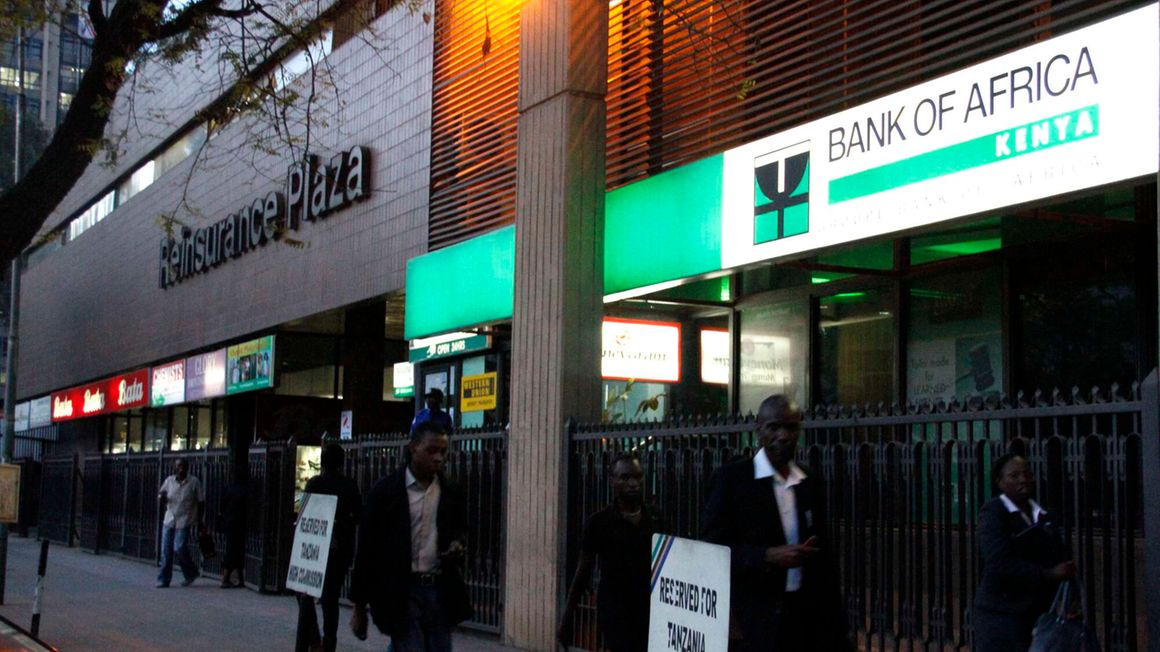
Bank of Africa, Nairobi Branch situated in Reinsurance Plaza. FILE PHOTO | DIANA NGILA | NMG
Bank of Africa (BOA) Kenya has adhered to statutory capital requirements after more than doubling its profits in the
first three months of the year.The bank’s core capital to total deposit liabilities ratio which had fallen slightly below the recommended eight percent threshold to 7.8 percent in the year ended December 2022 is now at par with the statutory requirement in the three-month period ended March 31, 2023.
Read: Capital breach sets up Bank of Africa for new fundraising
During the period, the bank’s core capital rose to Sh2.666 billion from Sh2.602 billion at the end of December last year while the lender’s total deposit liabilities represented by customer deposits rose to Sh32.95 billion from Sh32.733 billion in December 2022.
The adherence by the bank to capital requirements which are prescribed by the Central Bank of Kenya (CBK) points to efforts by the lender to increase its funding from a capital basis in tandem with growing customer deposits.
The slight breach by BOA Kenya was in spite of prior efforts by the bank to raise capital through support from its parent firm, BMCE Bank of Africa which holds a majority 72.41 percent stake.
The efforts included the disposal of BOA Kenya's shareholding in Bank of Africa Uganda and Tanzania which released Sh560.6 million to the lender.
Further, the bank signed an Sh816.1 million ($6 million) portfolio-risk sharing guarantee scheme with the International Finance Corporation.
BOA Kenya has doubled its first quarter earnings through March 2023 to Sh115.91 million from Sh56.872 million a year earlier on improved operating income.
The bank’s total operating income hit Sh883.47 million from Sh654.85 million with both net interest and non-interest income expanding by 46.6 percent and 20.9 percent respectively.
The greater growth in net interest income was supported by a 5.6 percent expansion in net loans and advances to Sh17.65 billion.
The bank’s total shareholder funds have meanwhile grown to Sh5.916 billion from Sh5.677 billion previously.
BOA Kenya now meets all of its minimum statutory capital and liquidity requirements with the liquidity ratio for instance at 51.3 percent against a 20 percent lower threshold.
Other small and medium-sized banks could however see funding pressures this year following the lapse of a regulatory window to comply with strict IFRS 9 accounting standards which require banks to provide for expected credit losses.
Read: IFC signs deal to insure Bank of Africa SME loans
The regulatory accommodation, which ended in December 2022, allowed banks to add back some provisions to capital.
→kmuiruri@ke.nationmedia.com






No comments :
Post a Comment